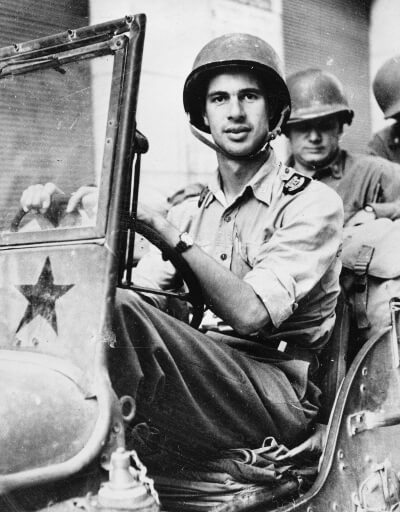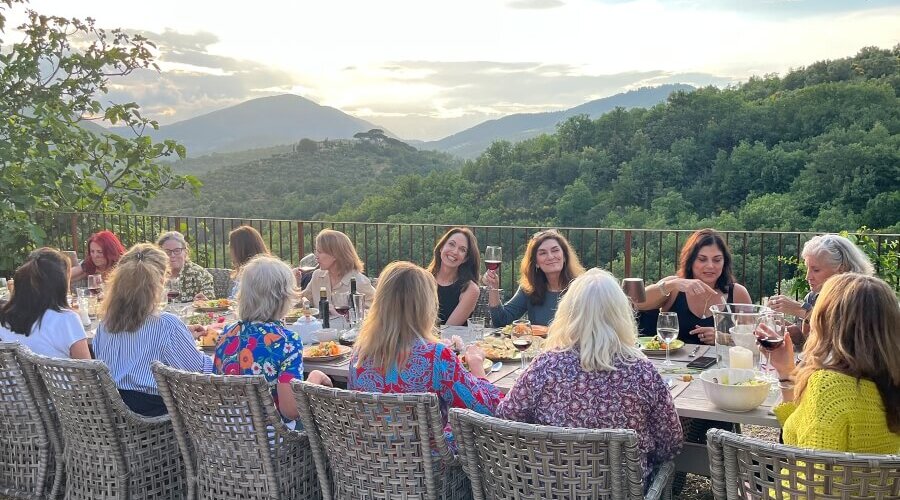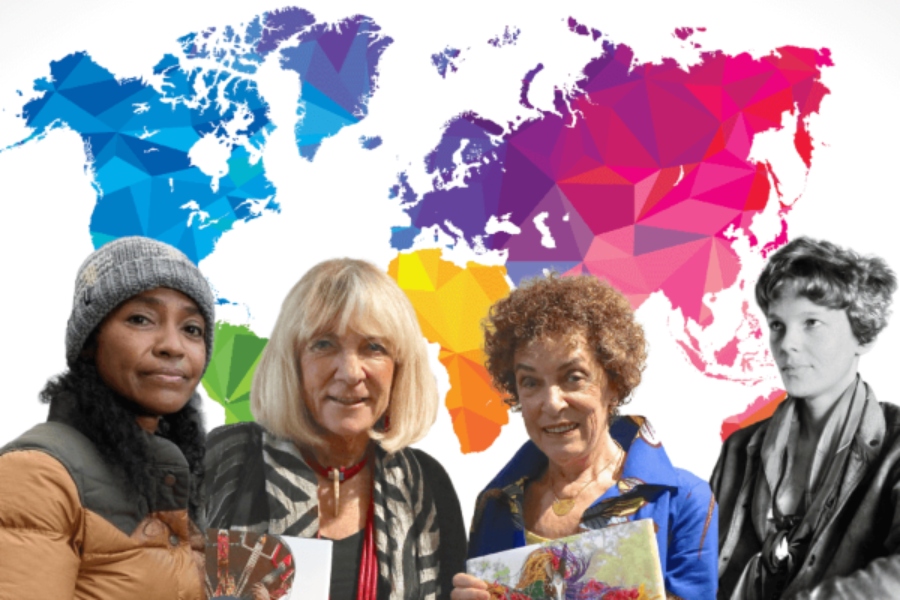Lesley M.M. Blume was thinking about what her next project would be. Her previous book, the bestseller Everybody Behaves Badly, had been about Ernest Hemingway and F. Scott Fitzgerald in Paris, and she clearly enjoyed looking back at accomplished, complicated men. Then, it hit her: “I wanted to do a historical newsroom narrative, especially as America was in danger of losing the importance of a free and independent press.” The figure this time was the heroic, charismatic Pulitzer Prize winning writer, John Hersey.
“I was wondering about Hiroshima and Nagasaki, and how they must have been logistically so challenging to cover,” she said “And I discovered there was not a lot of ink dedicated to [the story].”
Then she read Hersey’s powerful piece, “Hiroshima,” which, in September of 1946, filled every page of The New Yorker magazine. While everyone else had focused on the political effects of the first atom bomb, Hersey profiled six survivors, their severe medical issues caused by a five-ton weapon code-named Little Boy. in excruciating detail. Blume’s book, Fallout: The Hiroshima Cover-Up and the Reporter Who Revealed It to the World, takes us on Hersey’s challenging quest, and the impact the article-turned-book had on journalism and the coming arms race.
The New Yorker, we learn, was mostly a humorous, urban, niche periodical at the time. Hersey’s piece put them on an entirely new map. It was not without risks: the military establishment was heavily downplaying any radiation dangers, plus the story could fuel the anti-Japanese feelings that were still alive and seething,
“Because people were so relieved to see the war end, there was an inclination to turn away from the horror,” says David Remnick, the current day editor of The New Yorker. ”Hersey’s piece made that impossible. And he wrote with such humanity and clarity, it affected everyone. It was essential to our understanding of ourselves, and of our irreversible entry into the suffering and the dilemmas of the nuclear age.”
Read More: A Woman of No Importance: The Exploits of a Female WWII Spy
The Roots of A Reporting Life
Blume’s love of old-fashioned journalism was inherited from her late father, a CBS newsman who worked with Walter Cronkite and other iconic figures. She and I discussed the influence of both our fathers, why she was driven to write this book, and why I could hardly wait to read it.
My dad was a Marine, who, at the end of World War II, was in Japan and witnessed some of the hideous fallout from the bomb. He became a successful businessman, retired early, and spent the last three decades of his life as one of the country’s important anti-nuclear activists.
I inherited that gene. My best friend and I did early events, on all things nuclear, for the Hollywood crowd. We even created an anti-nuclear fashion show. (“What to wear for the meltdown!) As a journalist myself, I traveled to St. George, Utah to report on its patriotic residents, who in the 1950s were invited to bring a picnic, put on some suntan lotion, and watch the “safe” atomic testing. When I visited, the graveyards were filled with those who had died of cancer, suspiciously close in time to one another. (A lawsuit against the government finally rewarded $2.3 billion to those exposed to the above- ground radiation.)
Witnessing History

There is a great quote in Blume’s book: “Journalism allows readers to witness history, fiction gives readers an opportunity to relive it.” Fallout is filled with information but reads like a novel. “I can be very academic in my first drafts,” Blume says, “when all those details are hard to let go. But I have a great editor and he sees what’s essential, and takes it to a more propulsive place. It’s what John Hersey did too.”
Fallout took several years to write and included a female-centric group of researchers. “We found, as an all-women team, that we discovered things no one else had found in seven-and-a-half decades,” says Blume. “Not because we asked more ‘sensitive’ questions, per se, but perhaps all the males before us treated this as a very masculine story.”
Probably the most powerful experience for Blume was taking a trip to Hiroshima, and having, as her guide, one of Hersey’s supporting characters: a woman named Koko, who was a tiny child when the bomb was detonated. ”I dedicated the book to her,” says Blume. “Also, her father had kept a diary of that time which she shared with me, and it was invaluable.”
The Fallout Fallout
Fallout is now in its fourth printing, though its author confesses, “I cannot compete with all those Trumps and Michelle Obama.” What’s interesting is how a story about a bleak, increasingly isolated city, plus a suppressing government and a threatened press, is resonating. “I half joke that I could do with the book being a little less relevant,” says Blume.
She wrote this to honor her father, and wishes he were alive to read it. I wish mine were here to know that stories like this are being remembered 75 years after the detonation that changed the world. Lesley Blume and I were lucky to have such role models, fathers who wanted us to know the hard stuff. For example, one night when I was very young, I walked in while my dad was watching a movie, and I asked what it was. “On The Beach,” he said, referring to the apocalyptic story of a world being destroyed by nuclear fallout. “Is that with Annette and Frankie Avalon,”? I asked naively. “No way,” he said.
But he asked me to sit with him and watch, and I did.
Read More: Crossed Paths, Parallel Lives: What I Learned When I Returned to China






















0 Comments